Table of Contents
EVOLUTION FOR OLDER READERS
There are dozens of excellent books on various aspects of evolutionary theory, many targeted at a popular audience, which are excellent additions to any science program. Check out some of the following for older readers:
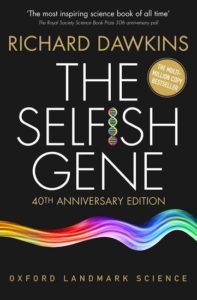
|
Richard Dawkins’s The Selfish Gene (Oxford University Press, 2006), originally published in 1976, is a compelling take on natural selection – in a nutshell, we are survival machines for genes. Dawkins has written several other excellent books on evolution, among them The Greatest Show on Earth: The Evidence for Evolution (Free Press, 2010). |
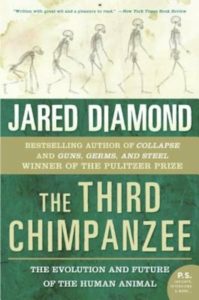
|
Jared Diamond’s The Third Chimpanzee (HarperPerennial, 2006) is a thoroughly interesting account of human evolution. Chapter titles include “The Great Leap Forward,” “Bridges to Human Language,” “Animal Origins of Art,” and “Agriculture’s Mixed Blessings.” |
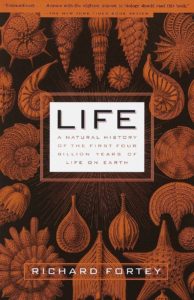
|
Richard Fortrey’s Life: A Natural History of the First Four Billion Years of Life on Earth (Vintage Books, 1999) is an engaging and reader-friendly account of evolution from the beginnings of life to the emergence of human beings, based on the fossil record (and scattered with stories about Fortrey’s own experiences in the field). |
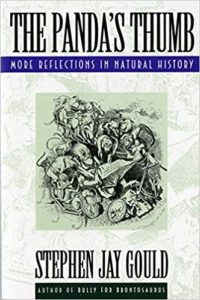 |
Evolutionary biologist Stephen Jay Gould is known for developing the theory of punctuated equilibrium, which argues that long periods of evolutionary stability – during which nothing much happens – are followed by relatively rapid periods of change. Gould is also famous for his many wonderful collections of popular science essays. Good starting points for students of evolution: Ever Since Darwin and The Panda’s Thumb (both W.W. Norton & Company, 1992). |
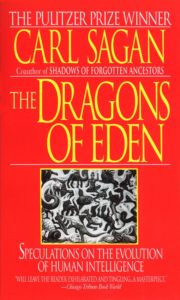 |
Carl Sagan’s The Dragons of Eden: Speculations on the Evolution of Human Intelligence (Ballantine Books, 1986) is a fascinating evolutionary history of the brain (beginning with the Big Bang). |
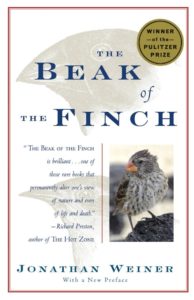 |
Jonathan Weiner’s Pulitzer-winning The Beak of the Finch (Vintage Books, 1995) is a fascinating story of evolution in action, as the author follows the research of biologists Peter and Rosemary Grant, studying the Galapagos finches that Darwin used to prove his point in On the Origin of Species. |
| Bird Beak Buffet is a lesson plan based on Darwin’s Galapagos finches targeted at grades 3-5. Using various forms of beak-like tools (clothespins, tweezers, chopsticks), kids determine how much of what kinds of foods they can best pick up. | |
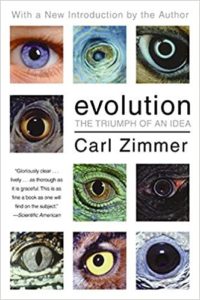
|
Carl Zimmer’s 300+-page Evolution: The Triumph of an Idea (HarperCollins, 2001) – written as a companion volume to the PBS series of the same name (see above) – combines well-presented science with a captivating, reader-friendly text, crammed with interesting examples and supplemented with color photographs, drawings, and helpful diagrams. In other words, what good textbooks should be, but usually aren’t. |
HANDS-ON EVOLUTION: Projects, Games, and Activities
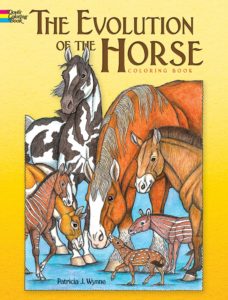
|
Coloring books with evolution themes from Dover Publications include John Green’s Charles Darwin (2009), Jan Sovak’s Galapagos Islands (2006), and Patricia Wynne’s The Evolution of the Horse (2008). The books consist of blackline ready-to-color drawings accompanied by a brief explanatory text. |
| From the Biology Corner, Evolution & Taxonomy has a list of interesting and challenging lesson plans, among them a peppered moth simulation, an interactive exercise on natural selection (with bunnies and wolves), a “paper fossils” project in which kids create and analyze a fossil record, and instructions for making an evolutionary clock and calendar. | |
| From OneZoom, the Tree of Life Explorer is an interactive map of relationships among over two million species with wonderful color images. Explore! | |
| In Monster Evolution, players design a monster, release it into the wild, and see how well it survives. If you choose traits poorly, your ill-equipped monster explodes and a helpful note explains where you went wrong. | |
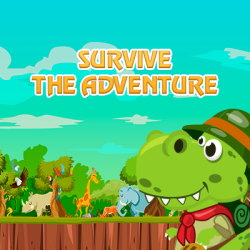 |
From Legends of Learning, see this assortment of short Natural Selection Games. |
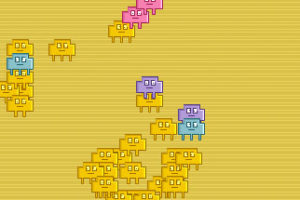 |
At Evolution in Action players can change the environment (background color) and observe how an array of little creatures – they look like Lego blocks with legs – survive, based on random color mutations. |
|
Darwin Activities and Games are designed for ages 8-11. Kids experiment with the selection of antibiotic-resistant bacteria, camouflage and the pepper moth, fossil formation, and more. |
|
| Among the projects at Evolution Activities: kids play a dice game to Build a Beast, and then determine what sort of environment their Beast is best adapted to; and use newspaper and construction paper to investigate evolution and camouflage. | |
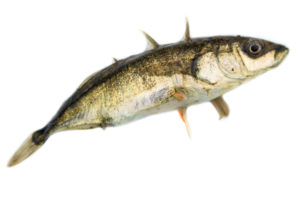 |
From HHMI, the Virtual Stickleback Laboratory is an online research project in which advanced students analyze living and fossil stickleback fish populations, and explore the connection between anatomical change and genetics. |
